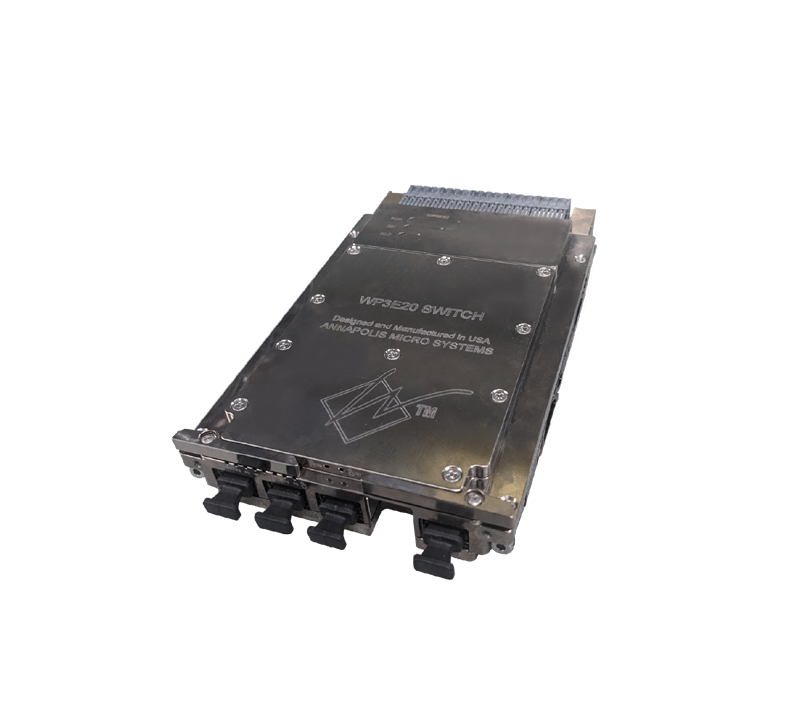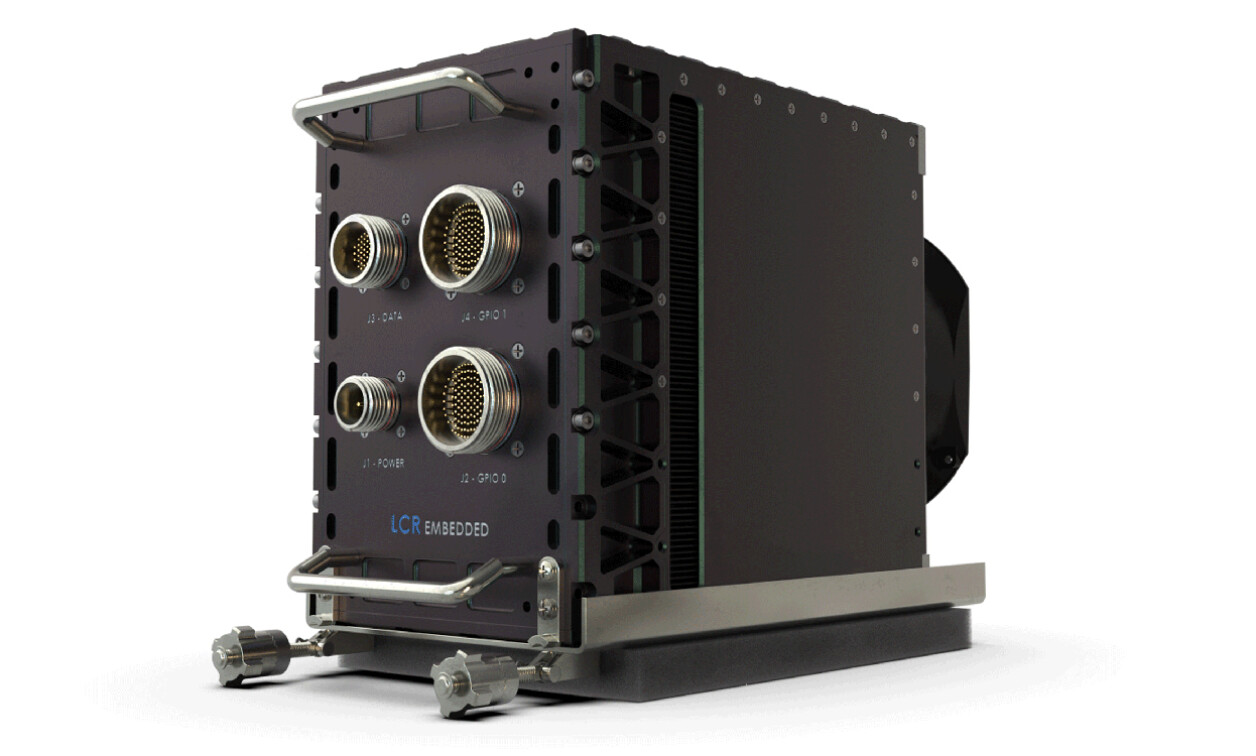LDRA tool suite™ updates programming standards conformance and integrates TBvision™ and TBreq™ v2.2.
San Bruno, CA, September 2, 2008 – LDRA®, the leading provider of automated software verification, source code analysis, and test tools, has launched the LDRA tool suite v7.7. LDRA Testbed, the foundation of the LDRA tool suite, has extended its large number of the programming standards and code coverage up to DO-178B Level A certification, an essential certification level for the avionics sector.
This latest version strengthens the LDRA tool suite—already the most comprehensive test and verification solution—by adding TBreq v2.2, LDRAs requirements traceability tool, and TBvision, a tool designed to increase visibility for industry standards compliance, security vulnerability and defect and fault detection. The integrations enable LDRA tool suite to verify all aspects of software development from requirements through run time while easy-to-read graphical reports and other enhancements boost development team productivity.
During software development, requirements traceability, static analysis, dynamic analysis, and testing strategies contribute significantly to software quality and fault reduction. With the additional requirements traceability and graphical reporting in LDRA tool suite v7.7, developers and testers can now enjoy an extremely mature integrated product, capable of identifying faults earlier in the development process and of tracking projects requirements. With faults minimized, fault handling at run-time secures safety-critical software from unforeseen events that can creep in during the operation of complex software applications.
Additional programming standards conformance meets the need for increased software quality across different industries. As never before, companies are looking outside their market sector for best practice approaches, techniques and standards to identify software defects earlier in the development process as a way to reduce development and debug time and efforts. LDRA Testbed, the process management tool at the core of the LDRA tool suite, forms the foundation of the LDRA automated software verification process. LDRA Testbed analyses the code, quality and design of source code, allowing developers to also select programming standards such as the newly released MISRA C++:2008 or CERT C secure coding standard for additional compliance.
“LDRA has established itself by automating the broadest end-to-end test process for everything from requirements to source code static analysis and run-time application testing,” noted Ian Hennell, LDRA Operations Director. “With the latest release of the LDRA tool suite, we take our leadership even further. With multiple standards support, highly integrated test modules, and our improved eXtreme testing capabilities, the LDRA tool suite enables the defence engineer to certify safety-critical software, automotive developers to reduce their risk of liability by software verification, and for companies to ensure that the software developed is on time, within budget and meets all technical requirements.”
New Product Features in V7.7
Enhanced ease of use
LDRA Testbed has improved its configuration of user-preferred editors. At installation time, a dialogue prompts the user to select a default source-code editor. The prompt itemises the editors found on the system and the installer can select one of these editors or enter the details of an alternate one.
TBvision developments
TBvision, a product released in April 2008, enables developers to easily see how the source code performs against security vulnerabilities, fault-detection, and adherence to the required quality standards. Aimed at enhancing collaboration and communication between development teams, TBvision enables managers, team workers and individual developers to collectively monitor testing and quality metrics. With the LDRA tool suite V7.7, TBvision will ship as an integrated module within the tool suite.
The advanced reporting measures of TBvision enable users to quickly assess the portability, dependability, testability, maintainability, complexity and style of code generated by project teams. These measures combine to provide valuable project code metrics. With a mission to assist in the creation of zero-defect software development, TBvision provides users with an easy-to-use tool that better identifies problems, which in turn speeds development and reduces cost.
TBreq v2.2 developments
TBreq, LDRAs collaborative, requirements-focussed development and verification solution enables project teams to automate the processes of requirements verification and traceability, solving some of the most difficult aspects of software development. Many enhancements and updates have been introduced with the v2.2 release including:
• Import requirement hierarchies that improve the alignment of TBreq with the sophisticated requirements management techniques adopted by project teams, such as Use Cases and SysML
• The ability to apply multiple verification groups to any requirement, adding flexibility and focus to the process of assigning and executing verification tasks
• Support and enforcement of DO-178B verification by automatically categorizing requirements as low level when a traceability link to source code is created
• Improved Microsoft Vista support with the tool suite which is available for Windows 9x/NT/2000/XP/Vista.
TBrun® developments
TBrun, LDRAs automated unit testing tool, has surpassed other vendors. With TBrun, a GUI interface automates the production of test data vectors with test harness and stub generation completing automatically. By being able to quickly identify violations, developers can improve the quality of code, reduce errors found during formal testing, and help ensure delivery on time and within budget. Some key enhancements include:
• User control of linked libraries so that developers can customize the calling driver of linked libraries (C & C++) or test points (Ada83 & Ada95)
• Updated data dictionary that establishes values for application data types whether inputs, outputs, return values, etc. These values, derived from compiler default settings and user application code, populate test cases, either as part of a range or within TBeXtreme.
TBeXtreme™ developments
The automation feature provides users with the ability to rapidly and automatically create test cases from within TBrun. The capabilities within TBeXtreme have been extended to include:
• Support for user-defined data types enables developers to use data types defined within application code in addition to using values associated with the standard data types of the compiler, enabling developers to automatically create test cases that provide high levels of statement and branch coverage
• Application of boundary testing and values ensures that in addition to setting the value of a variable for branch coverage, the data types limit values are also tested. While this does not provide additional coverage, it does prove the robustness of the application code.
Coding / Programming Standard checking developments
Recognizing the need for companies to meet the international market standards critical to their industries, LDRA tool suite has gone out of its way to provides the most comprehensive C, C++ & Ada coding standards enforcement available on the market today. The latest release of the LDRA tool suite incorporates work LDRA has done with companies such as Lockheed Martin to develop the F-35 Lightning II JSF++ AV (Joint Strike Fighter) standard, as well as standards bodies such as the automotive MISRA C and MISRA C++ and the revision to the civil aviation software guideline DO-178B, with the DO-178C standard currently under development.
In LDRA Testbed V7.7, the LDRA tool suite now provides programming compliance for:
• C standards with MISRA-C:1998, MISRA-C:2004, JPL, CERT C secure coding standard, vehicular manufacturers Herstellerinitiative Software (HIS, which uses a subset of the MISRA C) and the Chinese military standard GJB
• C++ standards with JSF++ AV, MISRA-C++:2008, LM Train Control Program, and High Integrity C++*
• Ada standards with SPARK Ada subset and the Ravenscar Profile
The analysis capabilities of the LDRA tool suite provide an easy way to check whether code is efficiently written, clear, maintainable and not just functional while it is being written or after code has been generated. The LDRA tool suite highlights where the violations are in relation to the relevant coding rules.
In commenting on the benefits these improvements bring customers, Hennell added, “With systems and software becoming increasingly complex, organizations need tools that support them in all stages of the software development cycle. By providing customers with a comprehensive set of tools for requirements traceability through to unit testing, LDRAs tool suite portfolio takes developers much closer to the goal of zero-defect software development. We are committed to helping organizations design systems and software that are on time, on budget and to the customers specified requirements.”
# # #
About the LDRA tool suite
Many ground-breaking testing techniques have been derived from methodologies developed by LDRA. The LDRA tool suite assists with the eight primary tasks required to achieve an organization’s software development and maintenance goals. It can be utilized by an entire project team, ranging from developers, QA managers, test engineers, project managers and maintenance/support engineers, to automate the software development lifecycle. Through the deployment of the LDRA tool suite companies are able to deliver well constructed, documented and tested software and, in addition, benefit from significant time, cost and operational savings for their businesses. For more information on the LDRA tool suite, please visit: www.ldra.com.
About LDRA
For more than thirty years LDRA has developed and driven the market for software used for the automation of code analysis and software testing of safety critical applications. The LDRA tool suite is used in the aerospace, space and defence technology industries as well as the nuclear energy and automotive industries. Through the use of the LDRA tool suite companies ensure that their systems are built in accordance to prescribed standards and are durable and reliable in use. The LDRA tool suite is available for a multiplicity of programming languages and supports a wide range of host and target platforms. LDRA is represented world-wide with its head office in the UK and subsidiaries in the USA as well as through an extensive distributor network. For more information on the LDRA tool suite, please visit: www.ldra.com.







